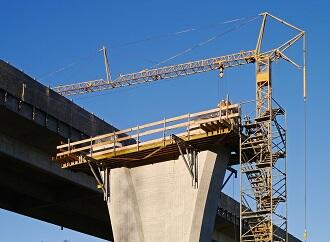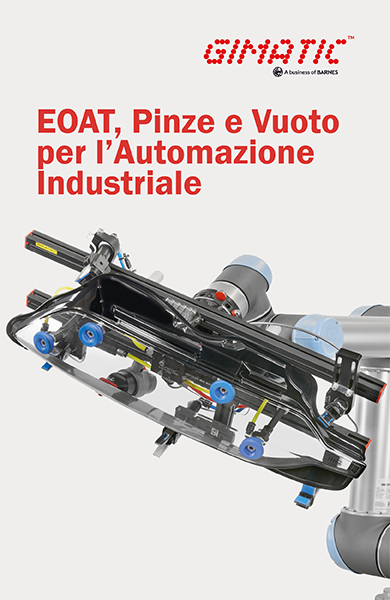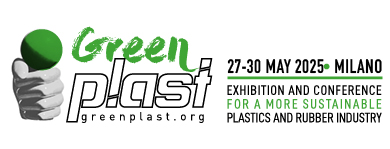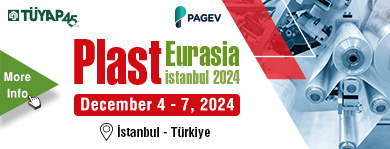
The attractive long-term prospects for pultruded composites in infrastructure and further key application markets were highlighted at the recent World Pultrusion Conference, organised by the European Pultrusion Technology Association (EPTA). This year’s event attracted a record number of composites professionals from around the world to Vienna on 1-2 March to discuss growth drivers for the pultrusion industry, potential in existing and emerging applications, and the latest developments in materials, testing and standardisation.
Global trends such as sustainability continue to drive the adoption of strong, lightweight and durable composite materials. Pultrusion, one of the few continuous process for manufacture of composite parts, enables the high volume manufacture of structural profiles with excellent mechanical properties and consistently high quality. Pultruded composites have found a role in numerous industries including construction, transportation, consumer goods, and the electrical and chemical sectors.
“This was EPTA's 14th World Pultrusion Conference and it was the biggest event ever,” comments Elmar Witten, secretary, EPTA. “The record number of 150 participants, coming from North and South America, Europe, India and South Africa, indicates a clear and growing interest in pultrusion globally. The high level of technology and application development activities showcased in the wide-ranging conference programme is evidence of a strong determination to improve the competitiveness of pultruded products and pursue growth opportunities".
Reducing life cycle costs
Conference delegates heard how the infrastructure sector will be a major growth driver for pultruded composites. One target application is replacement of steel rebar (reinforcing bar employed to strengthen concrete structures), a 200 billion dollars market globally. Corrosion related to steel rebar is one of the biggest asset management costs for reinforced concrete infrastructure, requiring millions of dollars of spending on corrosion mitigation techniques over a structure's life time. In the US alone 1 in 9 of bridges are rated as structurally deficient. Now, new approaches aimed at minimising overall lifecycle costs are focused on eliminating the corrosion related to steel rebar rather than simply mitigating it. Research has shown that glass fibre reinforced plastic (GRP) rebar can maintain its microstructural integrity and mechanical properties after 15 years of service, offering new levels of durability, life cycle cost reduction and long term performance for infrastructure owners. The Halls River Bridge in Florida is an example of a next generation bridge initiative designed to demonstrate the reliability and benefits of composite materials. Various composite materials, and production techniques, are featured throughout the structure, including GRP rebar in the superstructure’s deck, barriers and approach slabs, and in areas of the substructure and sheet pile walls.
Further sizeable application potential was highlighted in a number of other sectors, including:
- sucker rods in the oil industry, where lightweight pultruded carbon fibre composites eliminate the corrosion associated with steel rods, and lower installation and energy costs;
- infrastructure and building elements for the 5G era, where pultruded glass fibre laminates can be designed to minimise attenuation of the shorter wavelength 5G signals, whilst also delivering installation and durability benefits;
- spar cap
structures for wind turbine blades, where pultruded composites could help deliver
longer, more slender blade designs that increase turbine efficiency.
Enhanced productivity
Alongside discussions of market potential, increased productivity was a strong focus of the conference. Delegates learned about new advances in resin systems and curing agents aimed at increasing pultrusion line speed without compromising the properties of the final part. The challenge of online non-destructive testing (NDT) was also addressed through presentations on a number of novel technologies. The conference concluded with status reports on standardisation initiatives in the US and Europe, the success of which will be crucial to facilitating future adoption of pultruded composites in the construction market and beyond.
The World Pultrusion Conference is a biennial event and the largest forum for the pultrusion industry in Europe. The next conference will take place in March 2019.






















